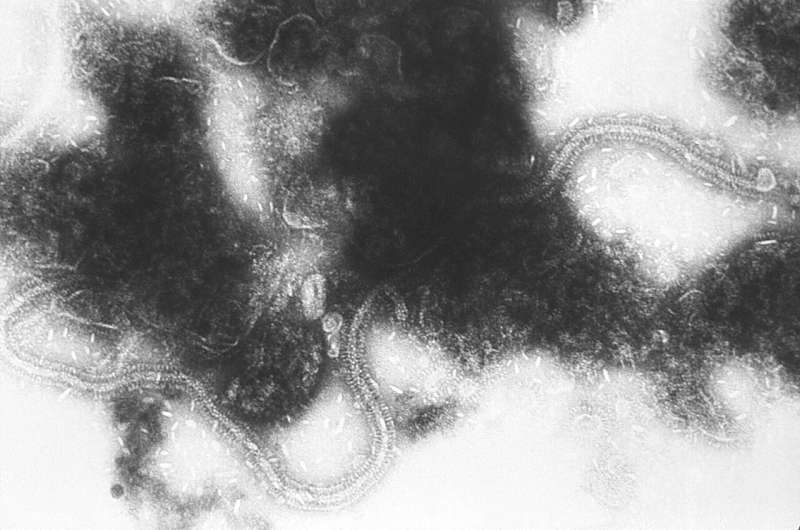Early Detection of Alzheimer's Disease Through Routine Eye Examinations

Emerging research indicates that routine eye exams could help detect early signs of Alzheimer's disease by revealing vascular changes in the retina, offering a promising avenue for early diagnosis and intervention.
Recent research suggests that routine eye exams could become a valuable tool in the early detection of Alzheimer's disease and other dementias. A study published in the journal Alzheimer's & Dementia has identified abnormal vascular changes in the retinas of mice carrying a common genetic mutation linked to heightened risk of Alzheimer's. These changes include twisted blood vessels, narrowed and swollen arteries, and reduced vessel branching, which can appear as early as six months of age. Since the retina is a direct extension of the brain, alterations in its blood vessels may reflect similar vascular issues within the brain, offering an accessible window into neural health.
This research builds on previous work demonstrating vascular abnormalities in the brains of the same mouse model, reinforcing the retina's potential as a biomarker for early neurodegenerative changes. The lead researcher, Alaina Reagan, explained that because the retina shares much of the brain's tissue characteristics, vascular irregularities observed during eye exams could signify underlying brain pathology. This insight opens a promising avenue for earlier diagnosis, long before cognitive symptoms become apparent.
The studies focused on mice with the MTHFR677C>T mutation, found in up to 40% of humans, which is associated with increased risk of vascular issues and cognitive decline. Researchers observed early signs of vascular issues in the retinas, such as increased vessel twisting and reduced blood flow, which correlate with similar problems in the brain. Interestingly, female mice showed more severe vascular deterioration by 12 months, aligning with epidemiological observations that women are more prone to developing dementia.
Further investigations involve collaborations with clinicians to determine if these retinal vascular changes are detectable in humans and could serve as early indicators of dementia risk. The goal is to integrate eye health assessments into regular checkups, especially for individuals with known genetic risks, enabling medical intervention long before cognitive decline becomes evident. This approach emphasizes the importance of vascular health in neurodegenerative diseases and highlights the eye's potential as an accessible monitoring tool.
While more research is necessary to confirm these findings in humans, the implications are significant. Early detection through simple eye exams could lead to timely lifestyle adjustments, treatments, and strategies to slow down or prevent the progression of Alzheimer's and related dementias.
Stay Updated with Mia's Feed
Get the latest health & wellness insights delivered straight to your inbox.
Related Articles
U.S. Panel Endorses New RSV Antibody Treatment for Children Amid Administrative Changes
An advisory panel has recommended a new antibody treatment for RSV in infants, marking a significant step in pediatric respiratory illness prevention amidst recent public health leadership changes.
Advanced 3D Imaging Technology Unveils Detailed Peripheral Nervous System in Mice
A revolutionary 3D imaging system has been developed to map the entire peripheral nervous system in mice at subcellular resolution, advancing neuroscience research.
Insulin Production in the Brain: A Surprising Fact Challenging Traditional Views
New research reveals that the brain produces insulin itself, challenging the traditional view that insulin is only made in the pancreas and opening new avenues for understanding brain health and disease.
Scientific Study Clears Mosquitoes of Role in Spreading Lyme Disease
New research confirms that mosquitoes do not transmit Lyme disease, with ticks remaining the primary vectors. This discovery refines our understanding of disease transmission and guides better prevention strategies.



